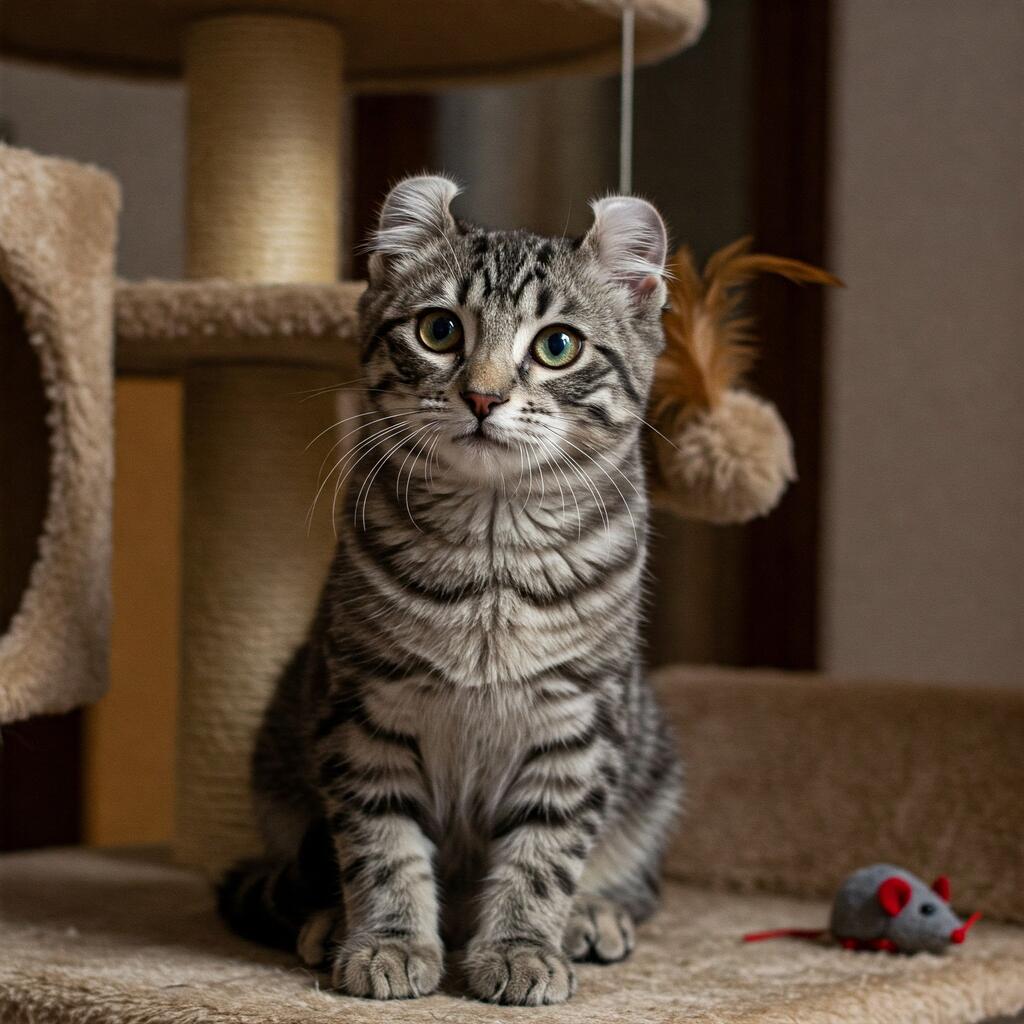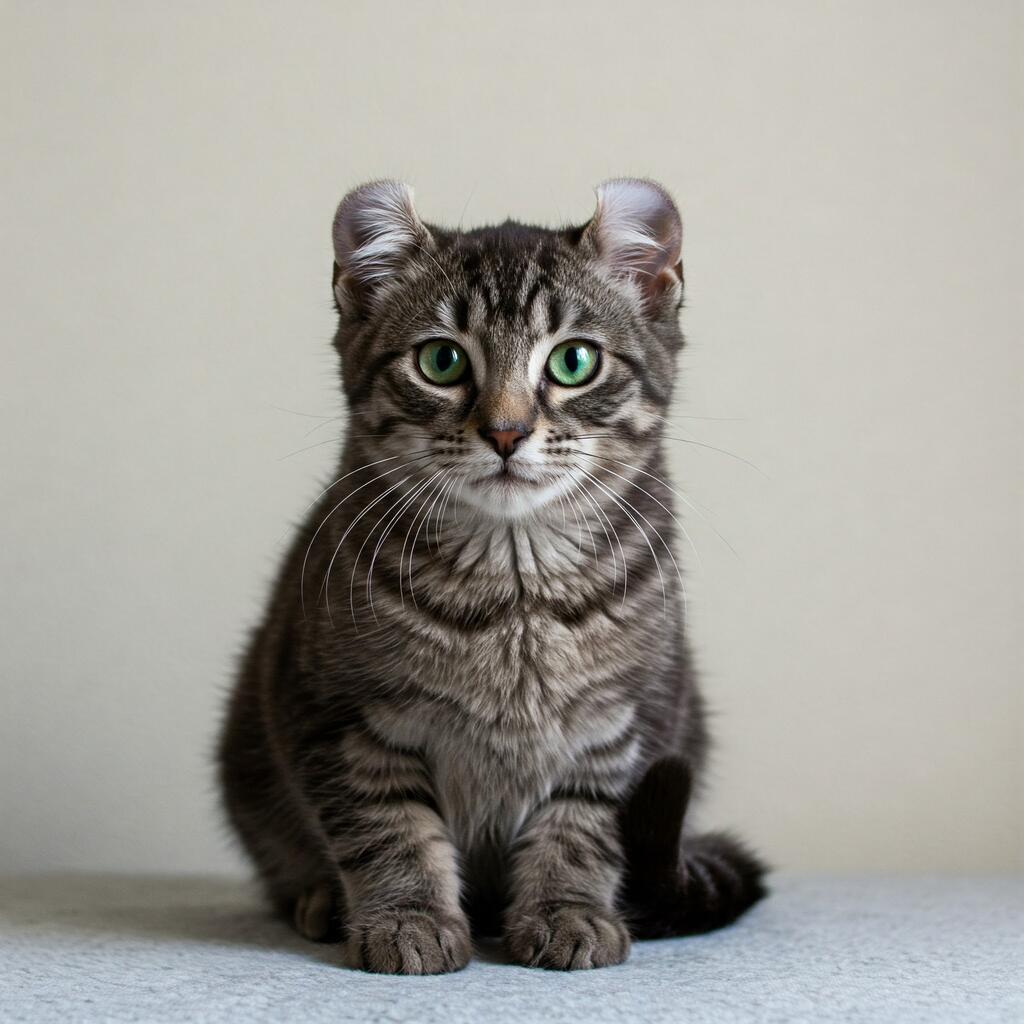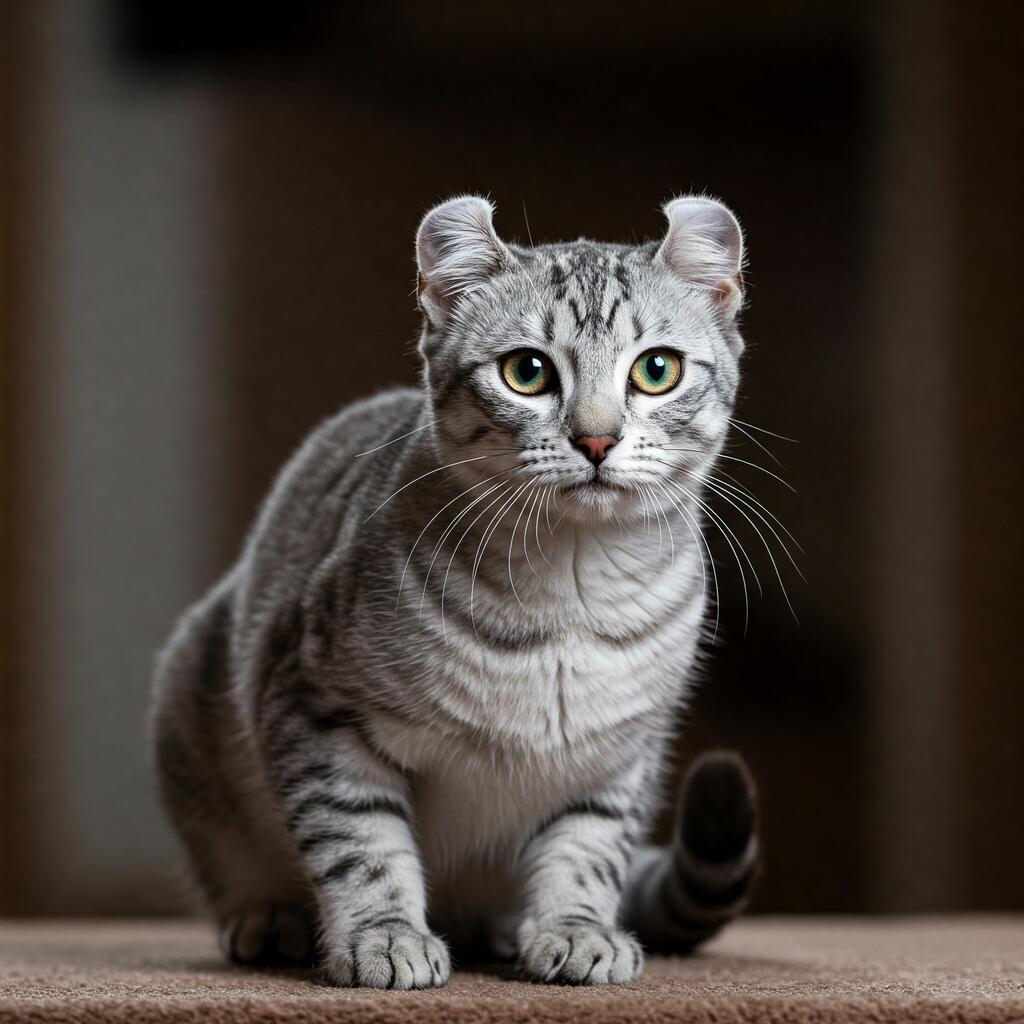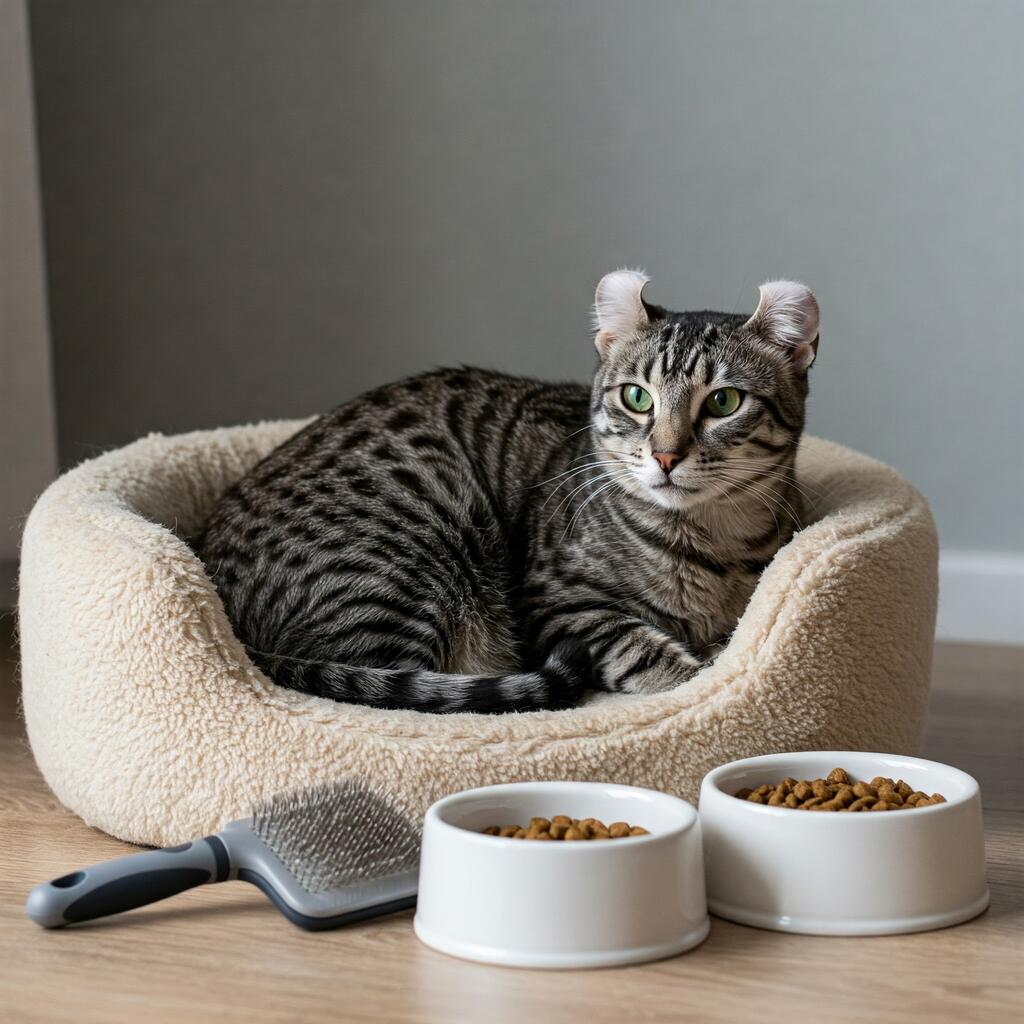
American Curl Cat: Charming, Playful, and Unique
The American Curl Cat is a very unusual feline. Its particular characteristic are its ears, which are different from those of any other type of feline, ears curled back in a half-moon shape that give it an almost funny air.
It is a very recent breed that came into being by chance. In 1981 in Lakewood, California, Mr and Mrs Ruga found a stray cat with these very strange ears. They named her Shulamith and she is considered the progenitor of all American Curls.
When this kitten had her first litter, it was noticed that two of the kittens had the same ears as their mother. The ear curl gene is dominant, so it only takes one of the parents to possess it to pass it on to the litter. And this is how this breed was created, which can be either long-haired or short-haired, of different colours, but which has the characteristic curled ears.
Character of the American Curl Cat

It can adapt to a solitary life, but is very open to socialisation, so large families, lively games and time to play are its ideals, although it does not disdain moments of relaxation next to its human from whom it particularly loves to be cuddled. It is a very intelligent cat that loves to interact with those around it and, with good training, often learns the games of fetch.
It is the typical flat cat, but it does not disdain being outdoors, so a safe garden is ideal where it can spend a few hours of the day climbing and running.
It can coexist with both cats and dogs, as long as socialisation takes place gradually and without forcing. It seems to recognise cats with curled ears like its own and tends to get along better with them, whereas with cats with straight ears, it has a little more difficulty as it tends to dominate.
His curiosity does not prevent him from approaching strangers and interacting with them immediately. However, his liveliness and agility also leads him to get into mischief around the house.
He is very intelligent and even goes so far as to open the refrigerator, doors and cupboards. He recognises his master's footsteps and rushes to the door when he hears them from afar. And it follows its human everywhere, even into the bathroom, i.e. its behaviour can be equated with that of a dog in many ways.
Appearance of the American Curl Cat

It is a medium-sized cat, weighing from 2.5 to 5 kilograms. They are very well proportioned, rather slender and moderately muscular. The tail is very long, wider at the base and tapering towards the tip.
The head is proportionate to the body, wedge-shaped with smooth contours. The very large walnut-shaped eyes, set obliquely, are very expressive and benevolent looking. Their colour may vary from aquamarine blue, gold, yellow, green or uneven. The coat colours also vary, as all colours are accepted for this breed, which is distinguished by its distinctive curled ears.
Kittens are not immediately born with curled ears, at birth they are straight, they curve slightly after 5 or 7 days and take 6 or 7 months to reach their final shape; they are wide ears that curve backwards, large, slightly lateral, with a rounded, flexible tip and with tufts of hair inside.
Care and health of the American Curl Cat

If its exercise requirements are respected, this breed does not tend towards obesity, but in the absence of exercise, age and diet if not cared for, its risk increases.
As for coat care, no special precautions are needed, a brushing every now and then is sufficient and this breed does not lose much hair due to the almost non-existent undercoat, not even during the moulting period. For teeth, nails and veterinary checks these are common to all cat breeds.






















